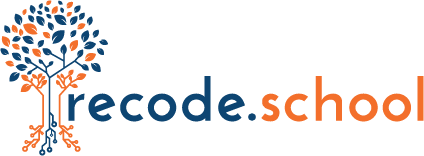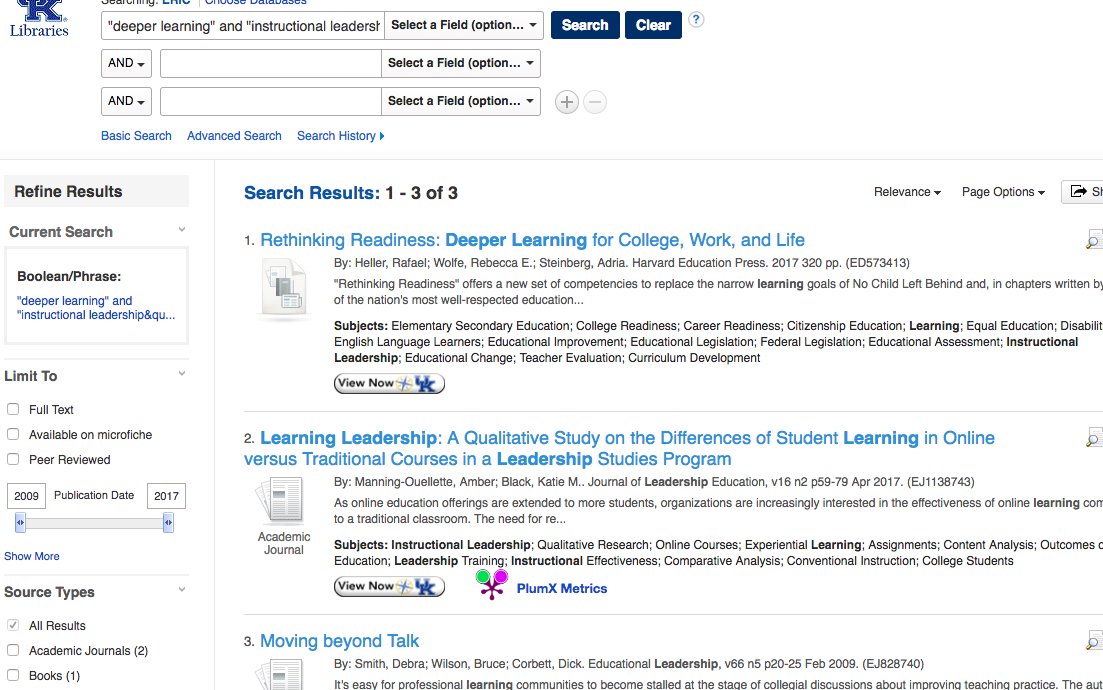Prichard Committee: Transforming School Climate & Culture
The Prichard Committee is a wonderful mix of adults and kids as well as business and educators all representing a diverse set of Kentuckians.
At the recent annual meeting of the Prichard Committee for Academic Excellence in Kentucky the focus turned to transforming school climate and culture. This focus included a specific desired outcome of culture and climates which specifically promote equity of opportunities.
Over the course of a day and a wonderful agenda, the Committee and guests heard from students, educators, national scholars, journalists, and a former U.S. Ambassador on strengthening school climate and culture. This focus transforming school climate and culture links to a recently adopted three-year strategic plan adopted at the meeting by the 100+ members of the Prichard Committee.
In an effort to translate this learning into specific recommendations for educators and, in particular, the leaders of schools the Prichard Committee and guests worked hard to identify specific suggestions across a variety of domains of climate and culture in schools. The attendees identified the following 11 domains of the challenge.
More student autonomy/agency
Teacher autonomy & agency
Intentional communication with parents
More authentic project based learning/projects
Nurture and respect educational professionals
Authentic/meaningful teacher administrator dialogue
Collaborative community partnerships
Equal academic/sports emphasis
Equity of opportunity and inclusive excellence
Engaging all students
State accountability of climate
Across eight of these domains, the attendees sought to work collaboratively to identify eight specific suggestions for a total of 64 specific suggestions for educators and school leaders to improve school culture and climate toward equity of opportunity. This task was formatted into Lotus Blossom coordinated through the collaborative use of Google Docs and Google Draw. A picture of the final result is below. In the middle is the core challenge (bright green) surrounded by the 8 domains of the task (yellow). Then, each domain is explored in more detail on the petals of the lotus blossom flower (the yellow box surrounded by mostly green boxes). Finally, the colored boxes within each petal represent our identified practices that we wish to share with school leaders and other educators as the potentially most impactful near-term implementation concepts.
Full Lotus Blossom (zoom in): http://go.uky.edu/prichard
Once the 64 ideas were generated, we again worked collaboratively to identify our suggestions for the most impactful concepts that educators and school leaders might employ (the blue, red, orange and purple in the image). The following is the result of those impactful suggestions across the 8 domains examined in the full Lotus Blossom activity.
More student autonomy/agency
Assume all students can do the best work and have high expectations for all learners
Employ more student internships and work-based learning experiences.
Increased teacher autonomy & agency
Incentive teacher innovation and creativity through new supports from schools and districts.
Encourage teacher ownership of professional learning communities
Provide teachers leadership opportunities within schools and districts.
Intentional communication with parents
Ensure ongoing positive communication with parents rather than emphasizing the negative.
Co-design a communication plan with parents.
More authentic project based learning/projects
Promote state, district, and school accountability systems that honors this authentic engagement work by students.
Provide iterative feedback and opportunities for growth to both teachers and students engaged in authentic PBL.
Nurture and respect educational professionals
Promote culturally responsive training and support for teachers
Respect educator mental health and personal time
Authentic/meaningful teacher administrator dialogue
More frequent formal opportunities for teacher-administrator dialogue in both 1:1 and group settings
More time flexibility in school schedules to promote dialogue
Collaborative community partnerships
Encourage reciprocal partnership where both schools and community members benefit.
Develop community asset maps to identify key resources for teachers to link to learning
Develop trust and partnership through ongoing authentic dialogue.
Engaging all students
Engage students in high expectation, high yield activities such as leadership development opportunities.
Build relationships with learners by promoting student voice and choice, specifically engaging in suggestions made by the Prichard Committee Student Voice Team across their multiple publications.
These excellent suggestions emerged from a day of learning and an hour of work to make our learning tangible and specific. We think these suggestions are superb entry points for educators and schools looking to improve the school culture and climate for both the adults and children who inhabit these spaces. The progress that we collectively seek as Commonwealth for our schools and children is dependent on institutions capable of strong cultures which minimize institutionalism. We are convinced that such improvements to the schools of Kentucky are possible and we look forward to working with students, educators, and community members to make robust, equitable climates and cultures.




